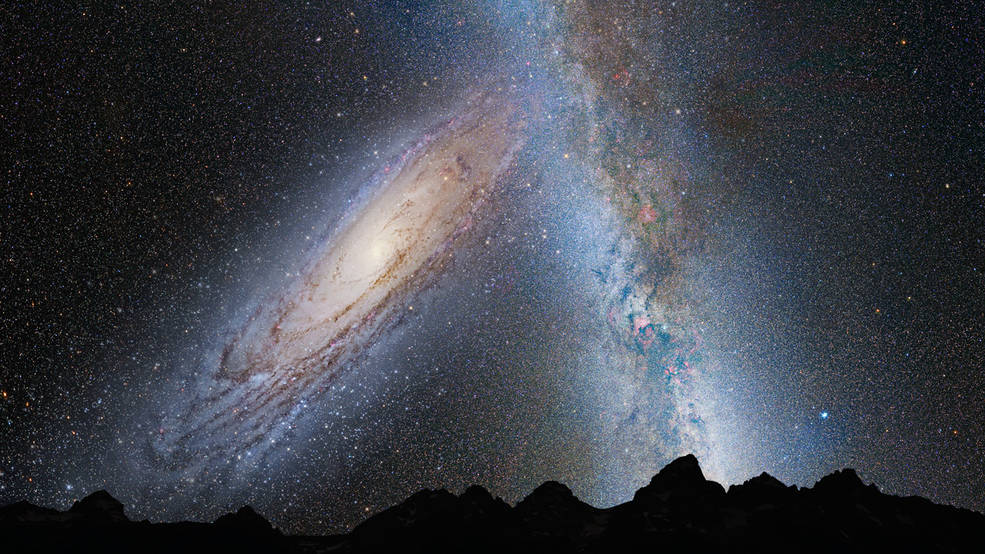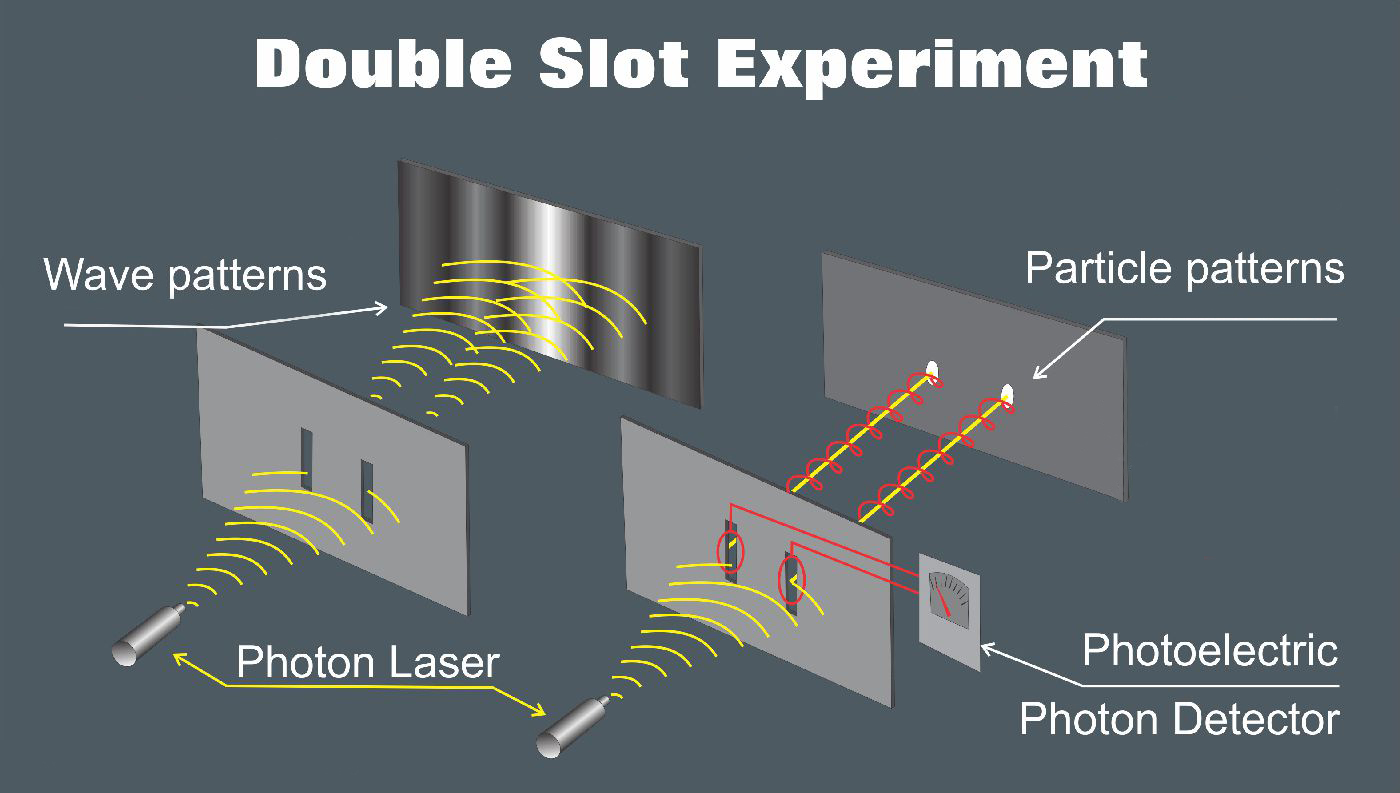Hey, y’all, and welcome back!
Today, we’re taking a quick jaunt outside our solar system to visit the Pleiades. This grouping of stars–commonly referred to as Messier 45 (M45)–is one of my favorite observables and can be best viewed in January–but the cluster is easily visible from late fall through the winter. The cluster is currently moving through a cloud of interstellar dust and is located about 440 light-years outside of our solar system. Interacts between the light from the stars and the dust give the appearance of a wispy haze around some of the cluster’s hottest and most luminous stars–the brightest of which is about 1000 times more luminous than our sun. But from our vantage point on Earth, we can view (with the naked eye) about six or seven stars of the over 1000 stars found within this open star cluster by looking towards the constellation Taurus or by using Orion’s shield and Aldebran as pointer stars.

As one of the brightest star clusters in the night sky, numerous cultures have their own names and mythologies associated with m45. In Japan, for example, the cluster is known as Subaru. (Sound familiar?)
But the story I am most familiar with is one of at least two from Ancient Greece. For seven long years, the hunter Orion chased the seven daughters of Atlas throughout the known world. Just before the giant could seize the sisters, Zeus changed them into the brilliant stars that adorn the sky to this day. But for Orion, the hunt continues. His constellation pursues the seven sisters across the sky, and every night their eternal chase begins anew.









